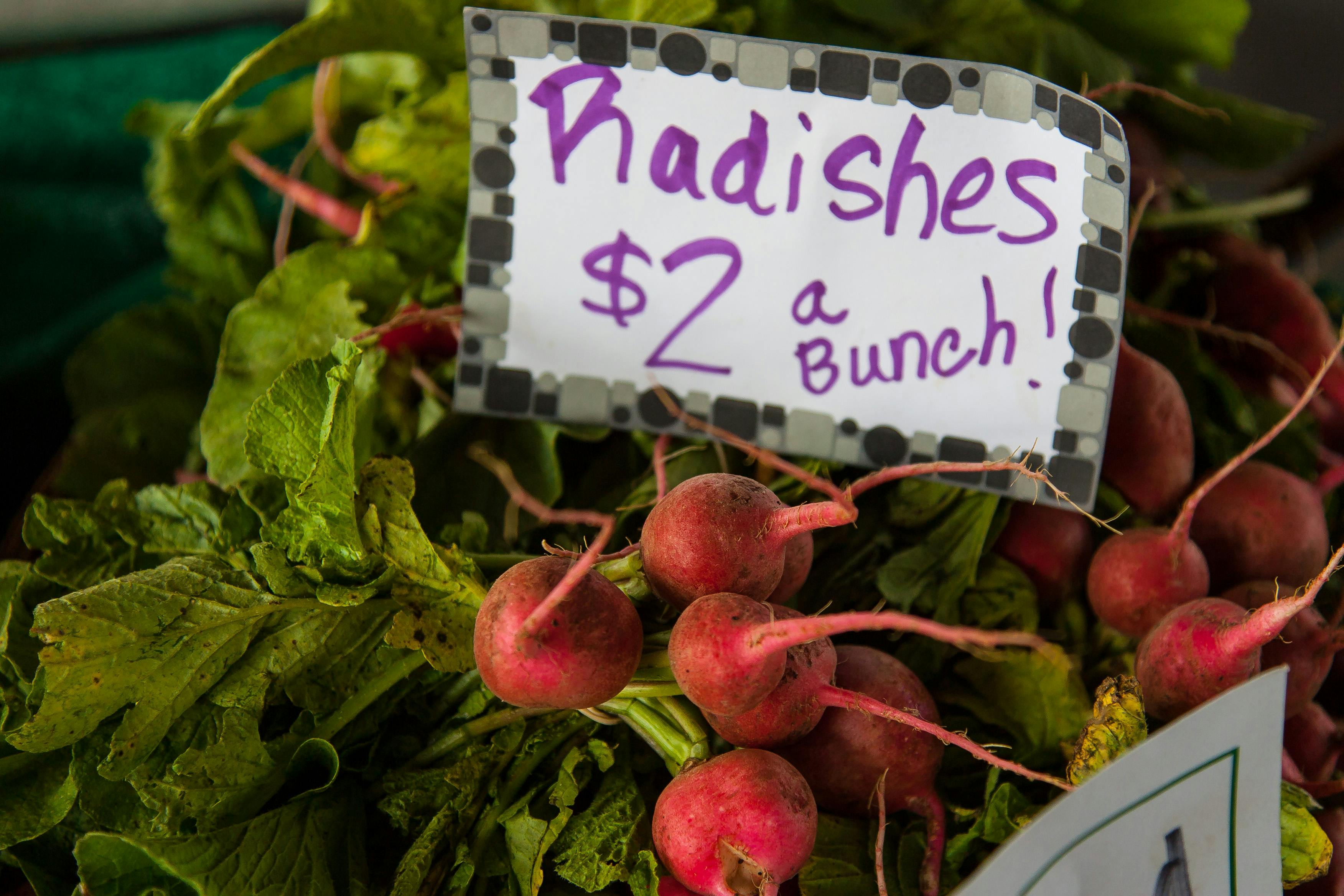In this post, I will explain how to optimize a web page by defining on page optimization and then I will also explain how to optimize your home page to maximize search engine ranking. Keep in mind that not all search engines index pages in the same way. Therefore, SEO techniques do not promise you top performance on all search engines.
We do page optimization to make our website more search engine friendly. On page optimization ensures that your web page performs in a way that is very easy for search engines to understand. I want to reiterate a fact that I mentioned to you in a previous post. Never try to make your website more search engine friendly which is not very visitor friendly. Then your website will look awkward to read and will not attract visitors. The following are the main procedures you should follow to optimize your website and home page.
I assume you have gained knowledge in keyword research from my previous post here. There I mentioned that, you have to find the most suitable keyword phrase for each web page. Put the main keyword in the title of the web page. It means that you have to put the main keyword between the tags of the HTML code. The best practice is to add at the first position of the title or closer to the beginning of the title. Unless there is a special need to put your website title in each and every web page title, don’t put it. If you really want to add the title of your website and want to promote it as a brand, place it at the end of the page title, after the main keyword. Always make sure your page title is shorter.
Some people think that META tags are important in SEO. But you don’t really have to worry about them that much as it doesn’t affect your ranking much. But it is a good practice to add some description about your web page in the META tags. This description will be displayed in the search description of your web page in search engines. I have to mention the same thing regarding the META KEYWORD tag. But you can add Meta keyword tags with your main keyword phrase, its synonyms and if possible some misspelled phrases from your main keyword phrase. If you put multiple meta keyword tags, you must separate them with commas.
Remember to add the header the same as the keyword phrase of the page title in
The following is your home page. You should pay close attention to optimizing your home page as it is the first page that visitors will often see. You must place all FUNCTIONAL links to other main web pages on your home page. And make sure all pages are reachable through your home page. I do not mean that all links to other pages should be placed on the home page. Your home page should provide access to all pages with the help of intermediate front pages. But you must link all the main category pages to your home page. As I mentioned in the keyword research post, you should put the best keyword for your business niche in the home page title. Use META tags and META KEYWORD tags on the home page as well. But it is not something necessary. This will improve the readability of your website.
These are the most important things to consider to optimize your web pages and home page. I hope you have gained good knowledge about this part. If you need to clarify anything related to this, you can always contact me via [email protected]. I will make sure all your questions are answered. I’ll explain how to optimize your entire website and register with web directories to generate traffic, in the next post.
